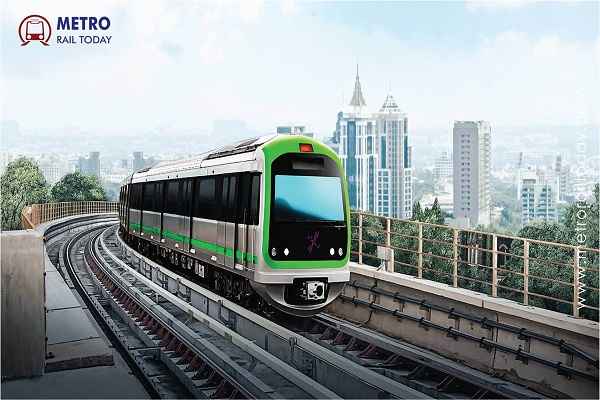 Karnataka approves Feasibility Study for ₹20,649 crore Bengaluru–Tumakuru Metro Extension
Karnataka approves Feasibility Study for ₹20,649 crore Bengaluru–Tumakuru Metro Extension Learning from Exits: Re-evaluating the Public-Private Partnership Model in India's Metro Projects
Learning from Exits: Re-evaluating the Public-Private Partnership Model in India's Metro Projects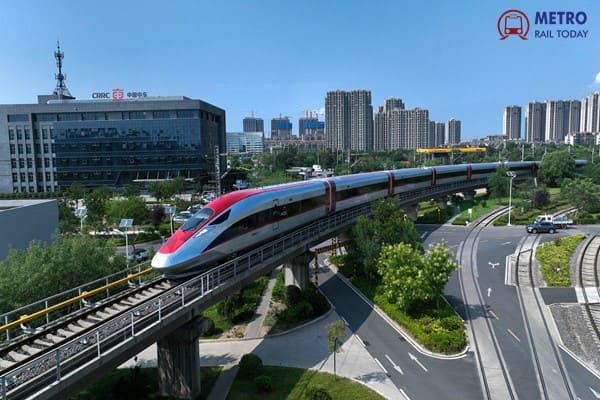 Thailand accelerates Railway Modernization with ‘Quick Win’ Projects and Strategic Expansion Plan
Thailand accelerates Railway Modernization with ‘Quick Win’ Projects and Strategic Expansion Plan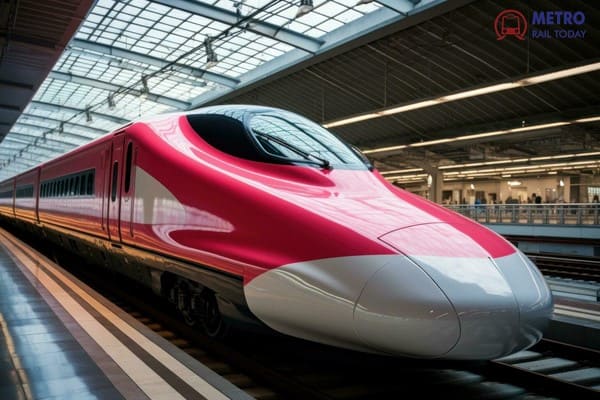 Ramkrishna Forgings eyes rail boost with components for India's Bullet Train Project
Ramkrishna Forgings eyes rail boost with components for India's Bullet Train Project The Global Race for Speed: High-Speed Rail as the New Engine of Innovation
The Global Race for Speed: High-Speed Rail as the New Engine of Innovation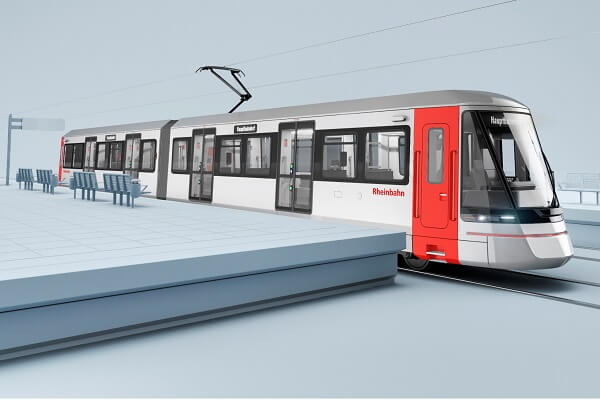 Abu Dhabi unveils Urban Loop and Light Rail Projects to revolutionize sustainable Mobility
Abu Dhabi unveils Urban Loop and Light Rail Projects to revolutionize sustainable Mobility Skoda Group unveils New Metro Train for Sofia, Bulgaria; First delivery set for November 2025
Skoda Group unveils New Metro Train for Sofia, Bulgaria; First delivery set for November 2025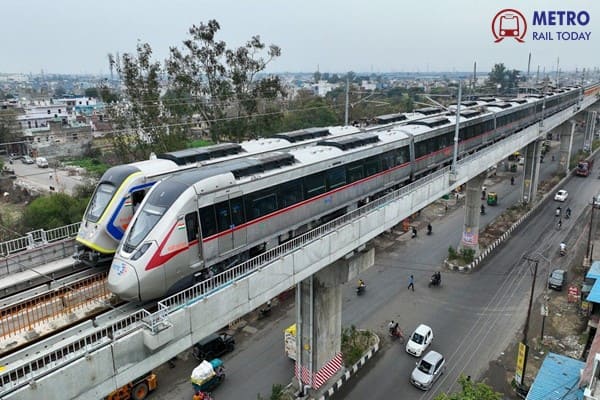 ADB approves ₹2,600 Crore Loan for Delhi–Meerut Namo Bharat RRTS Corridor
ADB approves ₹2,600 Crore Loan for Delhi–Meerut Namo Bharat RRTS Corridor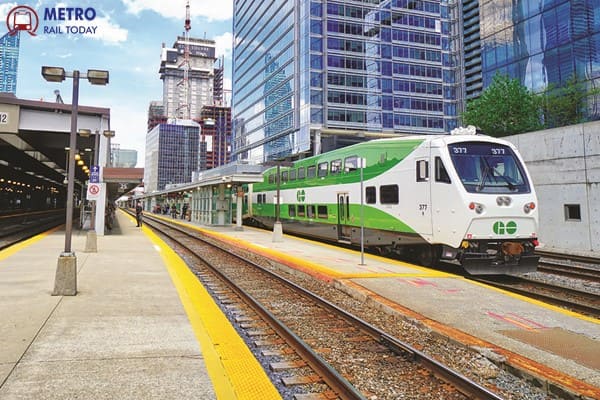 Ireland approves 18.8 km Dublin Metro Link Project after decades-long wait
Ireland approves 18.8 km Dublin Metro Link Project after decades-long wait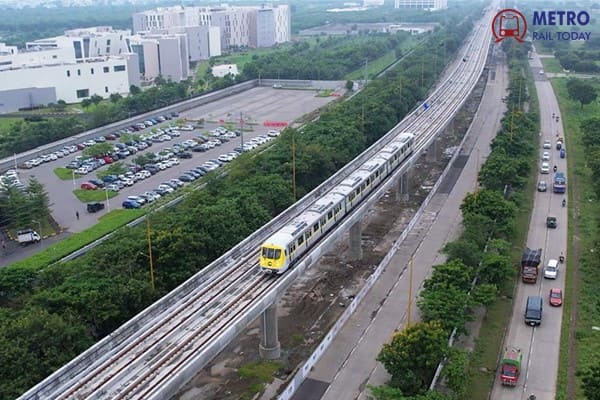 ADB approves $190 Million Loan for Indore Metro Rail Project to boost Urban Mobility
ADB approves $190 Million Loan for Indore Metro Rail Project to boost Urban Mobility
IRFC charts new growth path, Eyes Metro and Rapid Rail projects amid margin boost
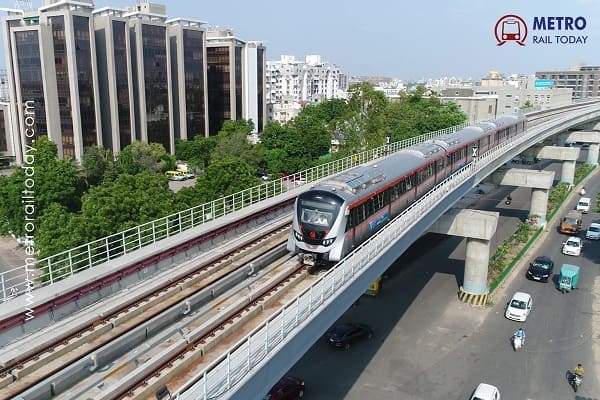
In a strategic shift aimed at reshaping its business model, the Indian Railway Finance Corporation (IRFC) is venturing beyond its traditional role as the financial backbone of Indian Railways. The state-run enterprise is now eyeing high-margin opportunities in metro rail and rapid transit infrastructure, signaling a bold move to diversify and drive long-term growth.
Speaking exclusively with ET, Manoj Kumar Dubey, Chairman and Managing Director of IRFC, revealed that the company has already secured ₹14,000 crore in loan assets through three successful bids in the past three months — a significant milestone that underscores its aggressive foray into new markets.
“These businesses will also be very attractive for us,” Dubey said, referring to metro and rapid rail projects. “The growth is coming from all assets that have backward and forward linkages with the Railways.”
Shift from Low-Margin to High-Yield Lending
For nearly four decades, IRFC operated almost exclusively with Indian Railways as its sole client, offering financial assistance with net interest margins (NIMs) as low as 35–40 basis points. However, with the government increasing direct budgetary support to the Railways in recent years, IRFC experienced a temporary slowdown in disbursements — prompting the need to reassess its strategy.
Now, as IRFC diversifies into related infrastructure sectors, it is reporting a two to threefold improvement in margins. “Margins from these new bids are nearly 2x to 3x what we used to get from the Railways,” Dubey added. The company now expects NIMs to climb from 1.4% to over 2% in the coming quarters.
FY26 Disbursement Target Pegged at ₹30,000 Crore
With higher margins in sight, IRFC is projecting ₹30,000 crore in disbursements for FY26, a volume that Dubey equates to ₹90,000 crore of traditional Railway lending when adjusted for improved profitability.
The company’s board has also approved ₹60,000 crore in sanctions for the year — a move that reflects IRFC’s confidence in scaling its diversified asset base.
“This diversification could be a game changer,” Dubey stated. “If the current trend continues, we’re entering very exciting times.”
Financial Performance and Market Valuation
IRFC reported a 4% year-on-year increase in revenue for the January–March 2025 quarter, reaching ₹6,723 crore compared to ₹6,474.6 crore in the same period last year. However, investor sentiment has remained cautious, with IRFC shares falling over 20% in the past 12 months, and a current market capitalisation of ₹1.67 lakh crore.
Despite the dip in market value, the company believes its renewed focus on higher-yield infrastructure lending will drive improved bottom-line growth.
AUM Growth and Future Outlook
While IRFC’s assets under management (AUM) declined slightly on a quarterly basis due to limited disbursements in the previous two years, Dubey believes the shift toward new asset classes will reverse the trend. “We’re targeting more than 2% NIM in FY26, and we expect the bottom line to follow a steady upward trajectory.”
As India’s infrastructure and urban transit sectors continue to expand, IRFC’s pivot to metro, rapid rail, and allied infrastructure financing could solidify its role as a more diversified and high-growth financial institution.




